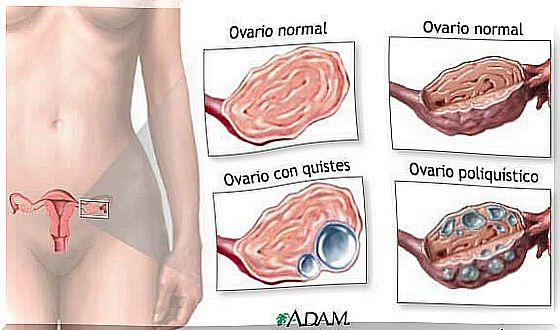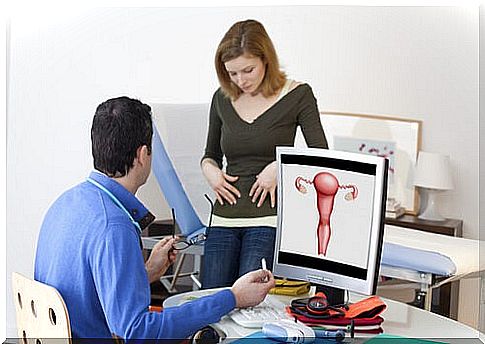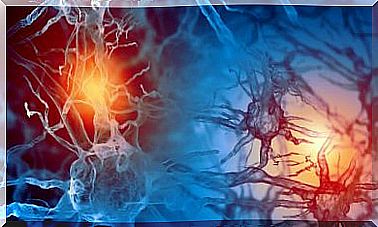5 Facts About Ovarian Cysts That Every Woman Should Know
Although ovarian cysts usually appear during the fertile age, they can also appear after menopause and be indicative of cancer, so medical check-ups They are fundamental

Ovarian cysts are a condition that can affect a woman’s reproductive system. It is a benign disease that develops in the ovaries and that can present complications when proper care is not provided.
Although, generally, they do not pose a real danger to health, it is important to know what it is and how to act if it is diagnosed. Next, we wanted to collect the 5 most important facts about this condition.
1. What are ovarian cysts?
The United States National Library of Medicine defines ovarian cysts as small fluid-filled sacs that form in or on the ovaries. They can measure from millimeters to a little more than five centimeters.
Each time a woman ovulates, a small follicle forms in one of her ovaries that ruptures when the egg is mature and ready to be fertilized.
If pregnancy does not occur, the follicle is naturally reabsorbed. However, if this process fails, the cell becomes encyst and gives rise to these foreign bodies.
Women are at risk of developing this condition after reaching puberty and during their childbearing years. In general, ovarian cysts tend to disappear with the arrival of menopause, but there are cases of the condition in older ages.
2. Related factors and main symptoms
So far, there is no known cause that reliably explains why they occur. However, there are several factors that have been related to the risk of suffering them.
Among them, the website of the American Academy of Family Physicians highlights irregular menstrual cycles and fertility treatments. Also, they are usually related to certain hormonal imbalances or other genetic issues.
As with other diseases of the reproductive system, the symptoms can be confused with those of other more common conditions.
The problem is that they do not usually manifest early and, generally, the problem tends to be ignored. It is important to visit the gynecologist regularly to avoid surprises.
Among the main symptoms, irregularities in the menstrual period stand out. Also, abdominal and pelvic pain may develop that radiates to the back or legs. In the same way, it can be perceived:
- Intense pain during intercourse.
- Vomiting and nausea
- Tenderness in breast tissues.
- Feeling of heaviness and bloating.
- Pressure in the rectum and bladder.
3. How are ovarian cysts detected?
In case of suspected ovarian cysts, a pelvic examination should be performed and their presence verified through ultrasound or MRI. In case of a positive result, the Office on Women’s Health recommends a blood test to determine whether or not they should be removed.
Regarding treatment, in general, the gynecologist can advise periodic examinations to determine if the ovarian cysts can be reabsorbed over time.
In the event that they increase in size, cause pain, or present other complications, contraceptives or a surgical procedure may be ordered .

4. Cysts and fertility
One of the concerns that can arise when being diagnosed with cysts is fertility. These generally do not pose a risk to conceive but, in some cases, can prevent ovulation from occurring correctly.
On the other hand, the size of the cyst can increase and alter the functioning of the ovaries or deform them. This situation could compromise fertility in the future.
They are not normal in menopause
A woman in the menopausal stage has a lower risk of developing cysts. However, the detection of any could lead to the development of other types of problems. According to the experts in the Medical Encyclopedia cited above, cysts in menopause could be a sign of cancer, although it is not a common symptomatology.
5. Polycystic Ovary (PCOS)

The appearance of cysts in various parts of the ovary, a kind of clusters with 7 or 10 follicles, becomes a disorder known as Polycystic Ovarian Syndrome (PCOS).
In this case, based on the MedlinePlus data, we can explain that they are caused by hormonal imbalances. In this case, the cysts require more attention and care as they are directly related to menstrual period alterations, infertility or excess body hair, among others.
In most cases, the cysts do not cause alterations and disappear on their own with the passage of time. Despite this, it is essential to undergo medical check-ups to be sure that everything is going well.
See your doctor if you have symptoms
In conclusion, the presence of ovarian cysts is more common than one might expect and does not usually reverse severity. However, if you have symptoms compatible with this disease, you should see a doctor.
Only the specialist is able to diagnose the presence of cysts and determine the most appropriate treatment according to your age, physical condition and their size.








